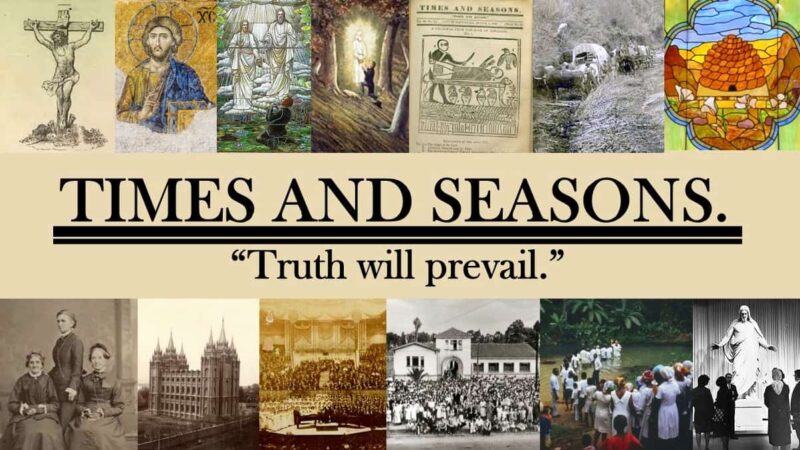-
•
•
134 responses

… should not get ordained to the priesthood. I know that reasonable chairs can disagree, but as Frank’s easy chair, I know what to expect once women are ordained. Frank is going to spend a lot more time sitting on me. Probably asleep. Sure, it will start with a little story time to the kids, but the end is both obvious and predictable. Naptime. Admittedly, I have a steel reinforced frame and ample cushioning, but Frank is not a light guy. Nor, to put it frankly, is he getting any lighter as the years pass. So if you care about… Read More
-
•
•
95 responses
. . . should be eligible for Priesthood ordination. So do these other lovely people. Please check out some of the profiles, if it’s a topic that interests you, or visit our facebook page for more discussion. I know it’s not everyone’s cup of tea, and I know that reasonable people can disagree here. But I do think that one can very much believe in female ordination within the Mormon framework. It fits well into the narrative of ever-expanding Priesthood eligibility in LDS theology, I think (ever-expanding circles from Levites to Israelites to Gentiles, and finally to all men in… Read More
-
•
•
One response
This collection of essays based on the interviews in the Claremont Oral History collection is well worth reading for anyone who wants a better understanding of modern LDS women. Read More
-
•
•
28 responses
I saw two examples of church-produced media in recent weeks; one was nearly perfect in every way and the other was . . . the opposite. Read More
-
•
•
22 responses
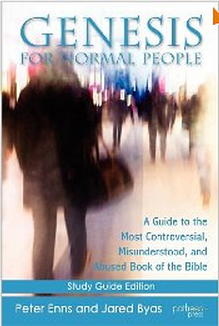
One of the problems that crops up with Genesis is its proper context, its genre, what background it should be read against (modern science or ancient Near East?) That is, modern western English readers have a particular (modern) worldview with various questions and issues. When they read Genesis, they naturally place it into that setting, and read it against that (modern) background, which creates conflict. It’s as if we’ve summoned an expert witness to trial, only to surprise her with questions far outside her area of expertise. Although she gives strong indications to that effect, the judge forcefully says, “Just… Read More
-
•
•
24 responses
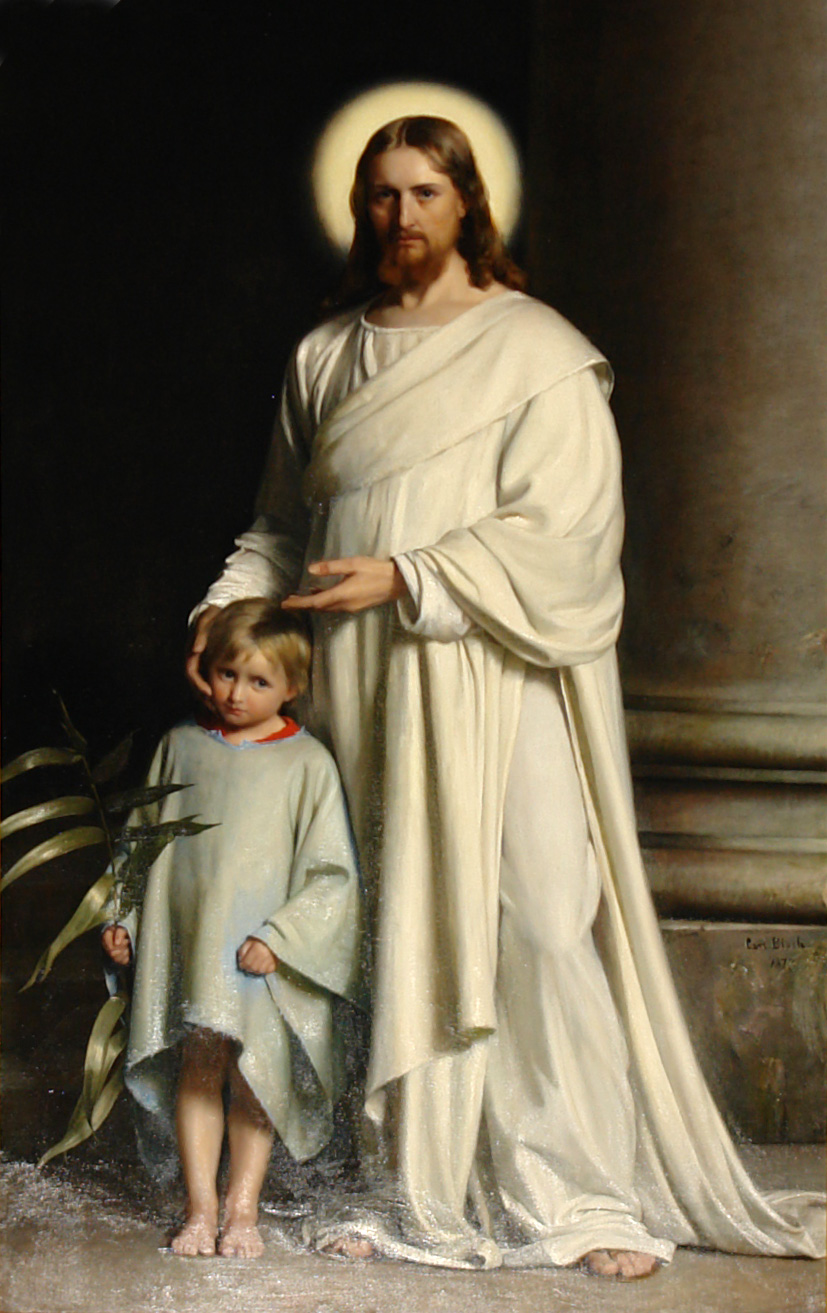
I believe in theology as a kind of worship. To spend time and effort in the attempt to reason out the philosophical context for and implications of Mormon doctrine is an affirmation of the authenticity with which we embrace that doctrine. Intellectually wrestling with the angels is thus properly seen as an individual responsibility rather than an institutional prerogative. Theology can never take the place of other forms of worship–from music to service–but it can and should exist alongside them. One of the important things to note about this conception of theology is that, in this as in all endeavors,… Read More
-
•
•
5 responses
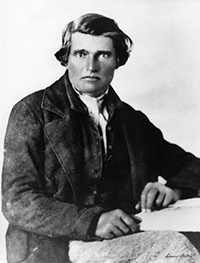
One of the most modified Mormon doctrines is the doctrine of the gathering—the idea that Church members should move to a central gathering spot to build up Zion in this dispensation. D&C lesson 12 teaches about this doctrine, the subject of many of the sections in the Doctrine and Covenants. Under this doctrine, Mormons have “gathered” to Kirtland, Ohio, Independence, Missouri and other areas in that state, Nauvoo, Illinois and Salt Lake City, Utah and perhaps other places. Other Mormon sects have likewise sought to gather members to central locations. Hundreds of thousands of converts have left their homes to… Read More
-
•
•
2 responses
One of the early focuses of the Doctrine and Covenants is missionary work. Repeatedly the Lord advises the Church in revelation that “the field is white, already to harvest,” and encourages missionaries to labor with “all your heart, might, mind and strength.” Church members are urged to prepare and to “open your mouths” to warn and convert neighbors. And these themes did appear in early Mormon poetry, including this work, which was written by the first Mormon missionary to die in the field outside of the United States, Lorenzo D. Barnes. Read More
-
•
•
One response
Chapter 6 of the Lorenzo Snow manual discusses President Snow’s teachings about perfection—his encouragement of gradual improvement, diligence and patience and the role of repentance in obtaining perfection. One of the concepts that stands out to me is the requirement for patience and endurance in reaching perfection. These themes can also be found in his sister’s poem that follows. Read More
-
•
•
11 responses

As I lie in bed before falling asleep, the mental inventory of the day can take a toll, inevitably a combo of Jesus’ “these you ought to have done without leaving the others undone” and Paul’s “I do not act as I mean to… the good things I intend to do, I never do.” [1. These are paraphrased, and read more as pertaining to to-do lists than moral obligations.] Among all the other omissions and commissions of modern life, it’s very healthy to have at least one personal victory each day. If that personal victory turns out to have mental, physical, and emotional… Read More
-
•
•
36 responses
I wish that we, Mormons, especially those raised in the church, would assume that we know as little about other religions as we complain they know about us. Read More
-
•
•
133 responses
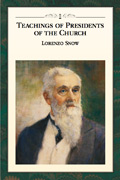
In 1840, almost nine years before being called as an LDS apostle, while he was listening to a friend read from the scriptures, Lorenzo Snow experienced a sudden enlightenment that he apparently regarded as a revelation from God. He summarized his enlightenment in this well known verse (which I’ll call the Couplet): As man now is, God once was: As God now is, man may be. Neither the Couplet, nor any alternative account of Lorenzo Snow’s pre-apostolic claimed revelation, has been canonized. It is not scripture. The first part of the Couplet in particular encourages the belief by rank and… Read More
-
•
•
43 responses
Recently, the U.S. Tax Court issued an opinion of at least glancing interest to the Mormon community (and, for that matter, any tithe-paying religious community). The plaintiff in the case is the president of Compliance Innovations, Inc. He’s also a life-long Mormon who currently serves as a shift coordinator at the Manhattan temple and a stake scouting coordinator in his New Jersey stake. Also, George has incredible outstanding tax liabilities. Read More
-
•
•
39 responses
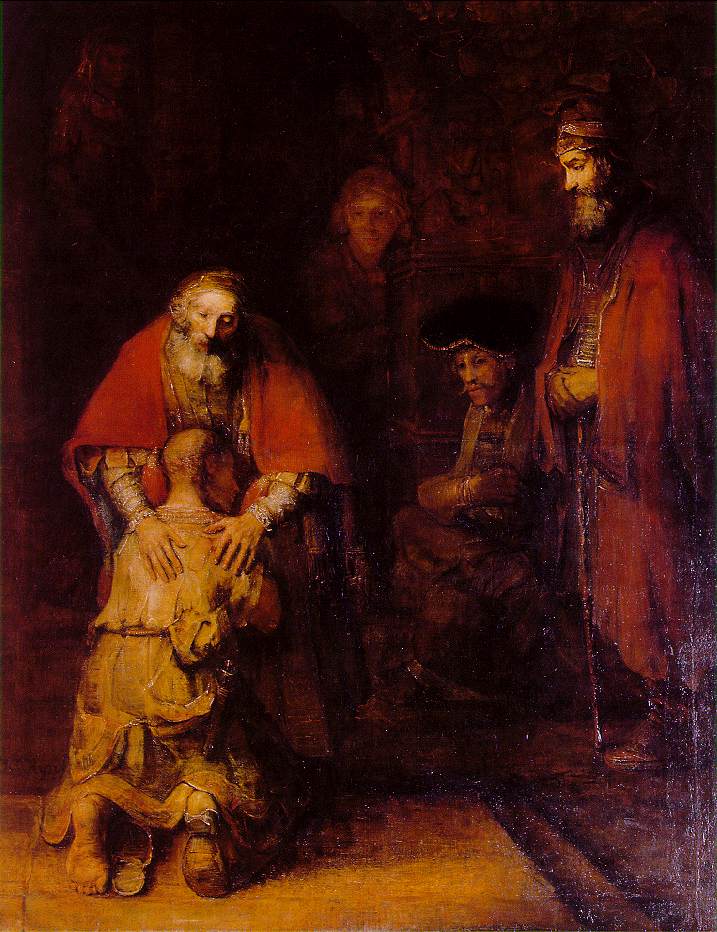
The hardest time of my mission, and one of the hardest time of my life, was serving as an office elder. The job was incredibly stressful. I had days that started at 4 AM and did not end until after 10 PM. The worst part of the job, however, was that there was no teaching. Neither the office elders nor the AP’s had had a teaching pool in the memory of anyone in the mission. In the 6 months that I served in the office, I had time to go tracting exactly once. I vividly remember getting on my knees one Saturday evening, and telling God… Read More
-
•
•
52 responses
And so we have a tension: the imperative to share our testimony, and by so testifying to reinforce and strengthen it, opposed to the need to keep our most sacred knowledge untarnished and protected from the cheapness of overexposure. Read More
-
•
•
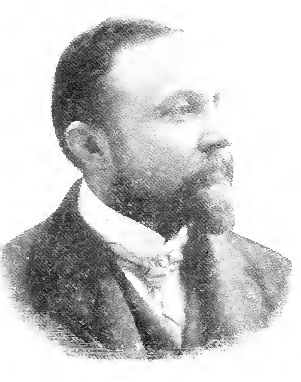
Lorenzo Snow’s teachings on man’s destiny and on the nature of God have often been met with both criticism from non-Mormons and wonder from members. His couplet about the past of God and the future of man (mentioned in the lesson), encapsulates an important part of Mormon theology, something that has been even encapsulated in our poetry, such as in his sister Eliza’s well-known poem, today sung as the hymn O My Father. But that hymn is not the only poetical expression of these teachings. Read More
-
•
•
Lesson 10 of the Gospel Doctrine manual for the Doctrine and Covenants is one of those lessons that is a bit hard to characterize. It covers D&C 25, addressing subjects like “husbands and wives should support and comfort each other,” “meekness and pride,” and “rejoice and be of good cheer.” I found it hard to come up with a single subject that covers all of this, and the best I could do is a poem about friendship. Read More
-
•
•
73 responses
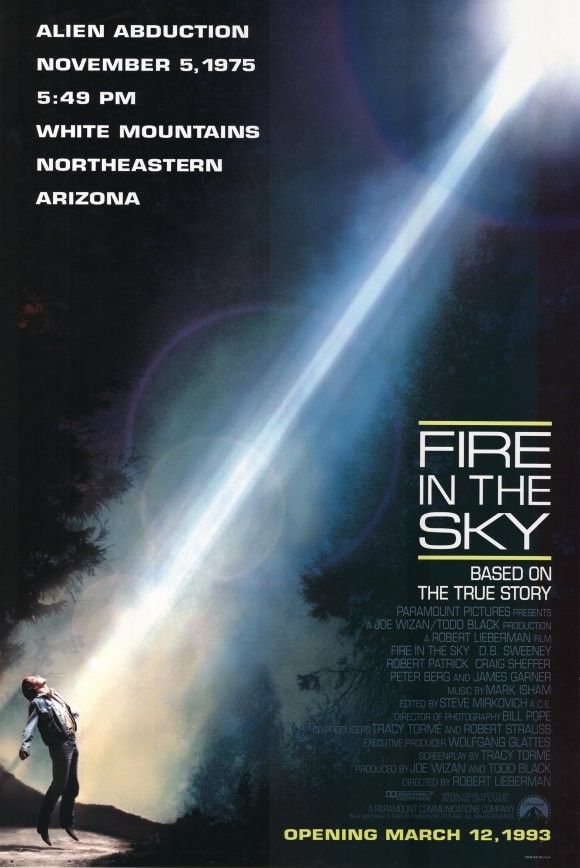
Over the last two posts I’ve outlined a view that a religion is a system of beliefs and institutions that serves to help people find meaning and make sense of the world, and that in modernity a secular religion has emerged. (I used the “scientism”, but Alvin Plantinga uses “naturalism”, that’s probably better.) I also argued that all religions come in essentially two varieties. Authentic religion emphasizes the struggle to respond to life’s questions. Inauthentic religion promises relief from the struggle with easily attained answers. It effectively outsources our existential struggle: to an inerrant Bible, to an inerrant Church hierarchy,… Read More
-
•
•
13 responses
I’ve had this post half written for a while, and one of the changes in the new LDS scriptures has prompted me to emerge from my cave to finish it. The introductory section to the Bible Dictionary has been rewritten with some interesting twists. The old version is still available at the “classic” scripture site, classic.scriptures.lds.org. The oft-ignored disavaowal of the BD as an official position or revelation therein remains, I’m happy to report, as does the statement that the BD represents (light) scholarship, and is subject to scholarly revision. It seems few people know that the original BD was a revision of the Cambridge Bible… Read More
-
•
•
44 responses
Read all about it here. Read More
-
•
•
6 responses
Last month, Jacob over at BCC started an interesting series on the philosophy of religion, which I hope he continues at some point. Not being quite ready to spring $120 for a copy of the recommended book, I tracked down a library copy of a shorter and very readable introductory text, William L. Rowe’s Philosophy of Religion: An Introduction (Wadsworth, 2001, 3rd ed.). What I found most interesting in the book was the contrast between knowledge and faith. The discussion seems particularly relevant given how frequently the distinction between knowledge and faith is muddled or simply ignored in LDS discourse. Read More
-
•
•
6 responses
When I read Stephen Peck’s groundbreaking novella A Short Stay in Hell the idea that struck me more than any other was how little we know about the idea of eternity–and how unfamiliar we are with how long eternity is. We simply have no way of comprehending the time involved. We live in a world where we have limited time and must decide how we use the time we have. Read More
-
•
•
10 responses
Even knowing how much happier I am when I choose to give away a small sin or vice, I still hold so many of them close to me. Read More
-
•
•
35 responses
My previous post centered on the special place religious institutions have historically held in human society. I argued that since religions couldn’t reliably provide public, objectively observable miracles or verify any of their claims about an afterlife, the only plausible explanation for their social capital was their ability to bridge the gap between deeply rooted human longing for meaning and the world’s absurdity. Suppose we fix that as our definition of religion. Any belief system (with accompanying formal and informal social institutions) that attempts to aid us in our quest for meaning is a religion. The interesting thing about such… Read More
-
•
•
6 responses
The formal organization of the Church on April 6, 1830, subject of Gospel Doctrine lesson #9 this year, was the culmination of many preparatory steps that Joseph Smith and his fellow believers took. When the organization occurred, the group had new scripture, new authority from God and a new prophet at its head. In the ensuing years it added other key elements to its structure, beliefs and practices, some of which are described below in John Hardy’s hymn. In a real sense, at least most of these elements are what we are talking about when we speak of the restoration… Read More
-
•
•
6 responses
A stunning amount of what I think is wrong with the world is poetically captured in a recent article in First Things, commenting on the relationship between faith and reason on the one hand, and Christianity and Islam on the other. Unfortunately, the author captures these problems unintentionally. The difference between his perspective and mine is both fascinating and discouraging. Hope remains, however, so hang on . . . In his article, “Benedict Face to Face with Islam,” Andrew Doran portrays Pope Benedict XVI as a rational Christian who has the (supposed) insight to see Islam as irrational, and who… Read More
-
•
•
54 responses
Is it possible to be a jerk for Jesus? If someone believes that God’s laws prohibit women from wearing pants to church, should they physically threaten those women? Is that an act of righteous reprimand and belief, or as a very serious overstep? If an internet writer vigorously responds to harsh attacks from critics of the church, but these responses are often laced with incredibly foul misogyny, should other church members support or distance themselves from those remarks? What makes Mormons — normally among the nicest people on the planet — suddenly feel compelled to lash out with as much… Read More
-
•
•
91 responses
Over at Worlds Without End, Seth posted Overcoming Correlation, or Mormon Studies and Pastoral Care. Why do we keep talking about Correlation? Obviously, there’s something wrong, but there are various opinions as to what exactly that is and how one might go about fixing it. After recounting his own scholarly engagement with Mormon Studies, Seth offers a couple of conclusions about Correlation, its problems, and how Mormon Studies might help solve them. Read More
-
•
•
26 responses
I’ve been observing Lent for a few years now. And every year I run into consternation from other latter day Saints. Every year I’m told “Mormons don’t observe Lent.”Last year I reflected on this at the end of Lent. I fast as a Mormon, but that doesn’t mean I can’t take advantage of the period of Lent. I pray as a Mormon, do the scripture reading and contemplative thinking that we class as meditation, but I also practice yoga for its meditative and mind-clearing effects as well as the physical benefits. I actively seek out good faith practices developed by… Read More
-
•
•
16 responses
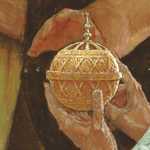
If we think of orality and literacy not as a binary opposition but as encompassing a broad spectrum of attitudes toward and uses of the spoken and written word, then we might find that Lehi and Nephi stand on opposite sides of a fundamental shift. Read More
